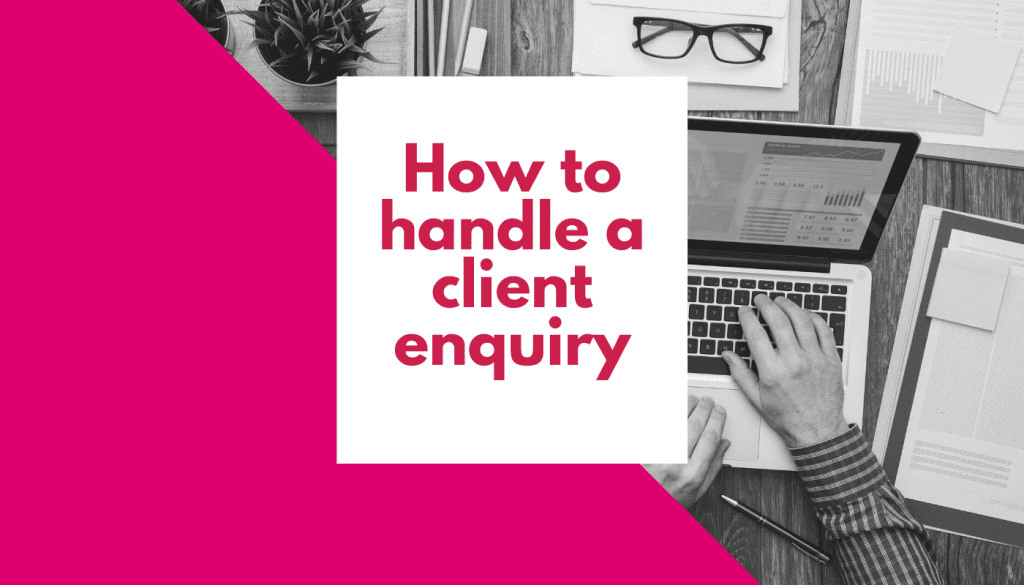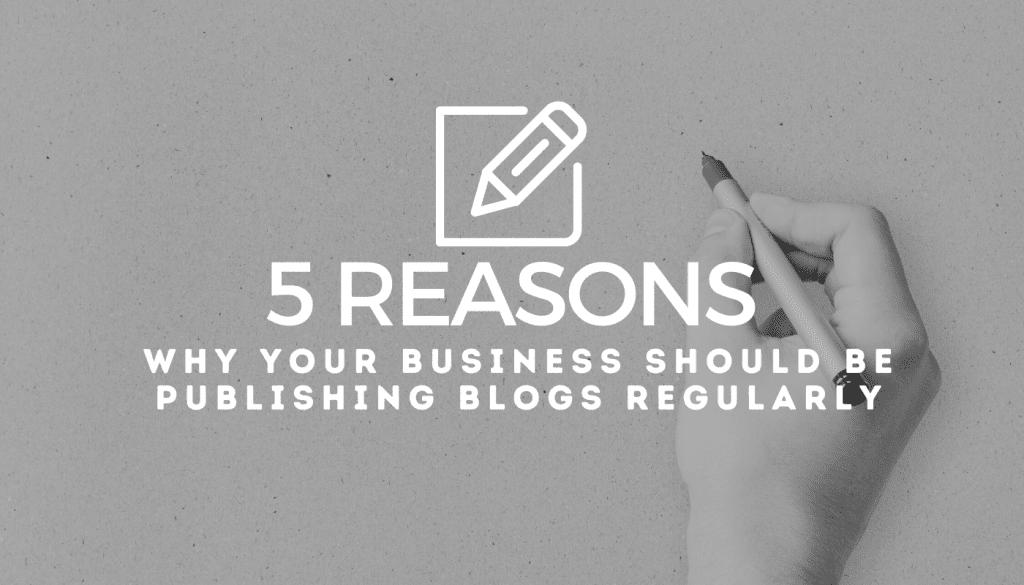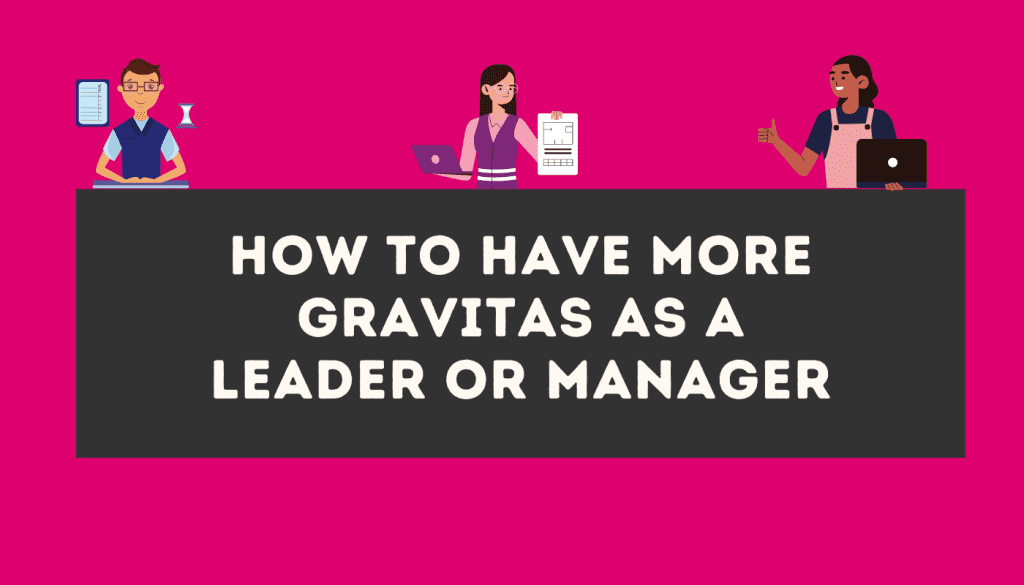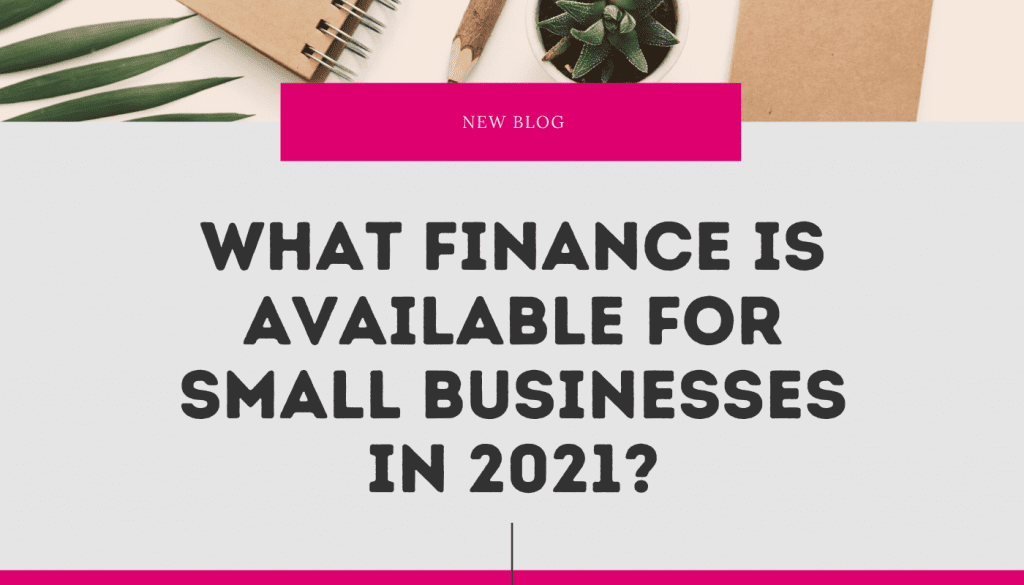
“You can take a dividend” – That’s great, but what is a dividend? The business world can be a big…

“You can take a dividend” – That’s great, but what is a dividend? The business world can be a big…

How you handle a client enquiry can determine whether that prospect converts into a lead or whether they go elsewhere….

Do you publish new content on your website regularly? If you don’t, you should be. Blogging is an integral part…

“Gravitas” was one of the ancient Roman virtues that denoted “seriousness,” but nowadays it’s a quality that also extends to…

Just thinking about how much the government has forked out during the COVID-19 crisis is scary; never mind hearing the…